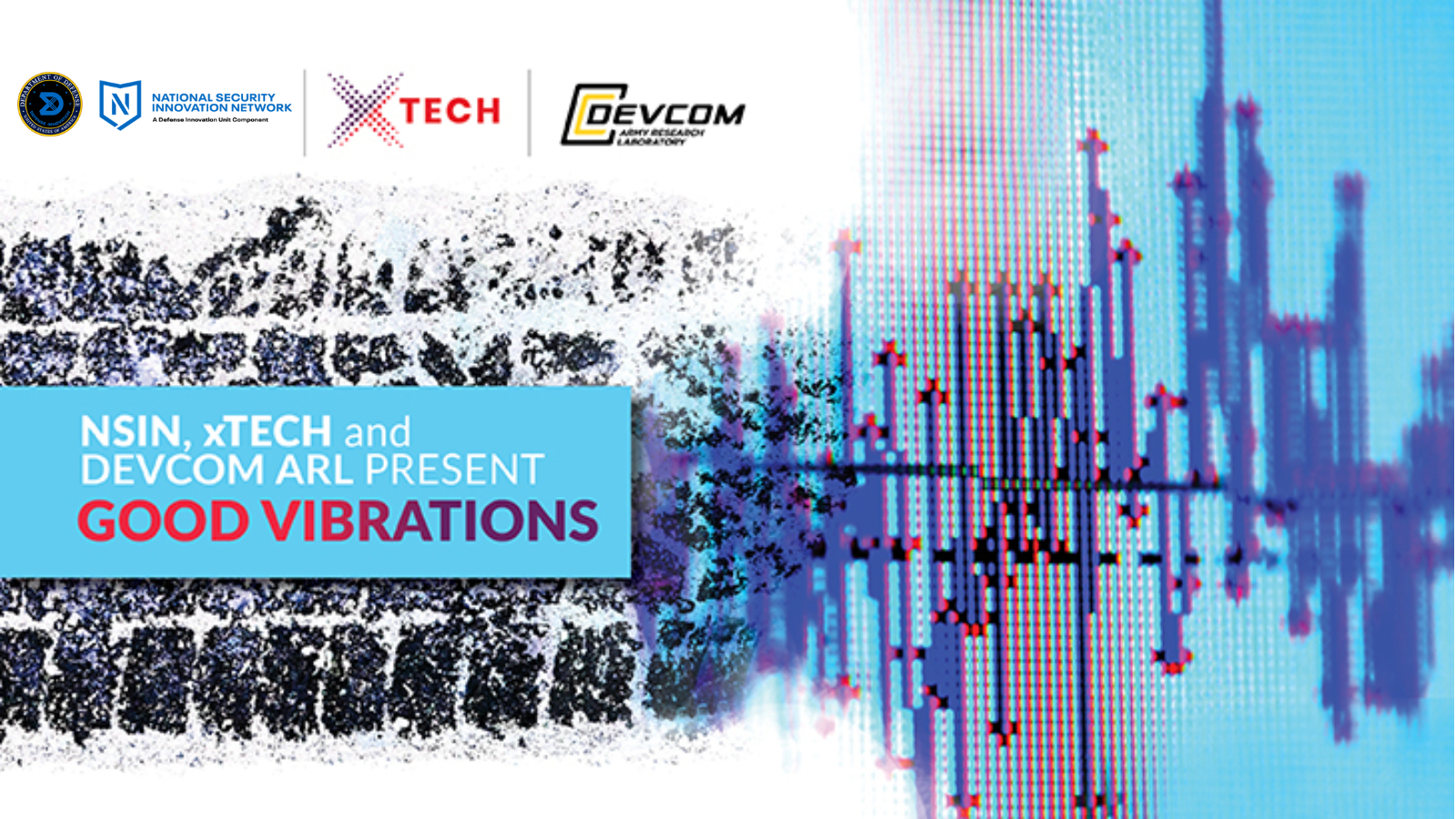
University Students Deliver Solutions for Vehicle Classification in Good Vibrations Challenge

Gowan Rowland, an engineer and Master of Business Administration (MBA) candidate at ASU, took the $35,000 top prize in the National Security Innovation Network (NSIN) Good Vibrations Challenge, held in partnership with the U.S. Army’s xTech program, and U.S. Combat Capabilities Development Command (DEVCOM) Army Research Laboratory (ARL) Autonomous Sensing and Integration Branch.
His solution utilizes advanced signal processing techniques allowing machines to recognize acoustic and seismic signals and has the potential to help the U.S. Army determine whether vehicles pose a threat using inexpensive terrestrial ground sensors. The algorithm developed uses training methods and model building that allows a small neural network to learn effectively on a relatively small dataset of signatures.
At the core of the challenge was a multifaceted problem . It also hinged on the ability to tackle complex acoustic and seismic signature data, fuse the multimodal data sources and reason across them. Additionally, solutions had to contend with resource constraints, demanding minimal power while processing in real time to create actionable intelligence.
“Good battlefield surveillance can be the difference between life and death. The solutions these students put forth have serious potential to provide that potentially life-saving surveillance capability,” shared Abigail Desjardins, NSIN Venture Portfolio Director and DIU Deputy Director of Global Partnerships.
“Intelligence, Surveillance and Reconnaissance are of utmost importance for today’s Warfighter. The innovative solutions provided by students in support for the Good Vibrations challenge has the potential to greatly enhance the ability to recognize targets in the battlefield and make near-real time decisions for targeting,” shared by Nino Srour, Chief, Autonomous Sensing; Integration Branch, DEVCOM Army Research Laboratory.
The other two winners were Amy Jean Swanson and Jaidon Lybbert, two graduate students from the University of Washington (UW) who took second place and $25,000, and Chase Yakaboski, a recent Ph.D. graduate from the Dartmouth College Thayer School of Engineering who took third and $15,000.
Swanson and Lybbert solution employed a software that relied on a Gaussian mixture model to classify seismic and acoustic signatures. This Gaussian model requires lower memory and computer power usage while also relying on less data to make predictions.
Chase Yakaboski’s solution was based on a generalization of Bayesian networks, which are ideal for assessing an event and predicting the likelihood that one of several well known causes triggered the event The Bayesian knowledge base-grounded approach can handle incomplete information and characterize uncertainty, allowing it to process data at the edge.
For the participants, the prize money was important, but the promise of forming connections and bolstering their resumes was an essential part of the value proposition as well. Rowland shared, “Shortly after the competition ended, I was connected with Nino Srour, the ARL mission planner, and discussed various aspects of the Army’s long-term technology objectives as well as follow-on opportunities to continue to build technology for the Army. This is the most meaningful type of conversation that demonstrates NSIN’s position as a gateway for non-traditional inventors and small businesses to work with the DoD.”
The NSIN challenge is a unique program that generally brings together university and industry partners to address complex technical challenges in support of the Government. For the Good Vibrations challenge, NSIN partnered with ARL to develop a roadmap that led to the presentation of innovative academic solutions aimed at solving a complex problem. The solution will be evaluated and, if deemed applicable, be considered for further implementation, integration and testing in support of the Warfighter.
About the Defense Innovation Unit
The Defense Innovation Unit (DIU) strengthens national security by accelerating the adoption of commercial technology in the Department of Defense and bolstering our allied and national security innovation bases. DIU partners with organizations across the DoD to rapidly prototype and field dual-use capabilities that solve operational challenges at speed and scale. With offices in Silicon Valley, Boston, Austin, Chicago and Washington, DC, DIU is the Department’s gateway to leading technology companies across the country.
About National Security Innovation Network
NSIN is a component of the Defense Innovation Unit (DIU), a U.S. Department of Defense (DoD) program office. We are set up to collaborate with a wide variety of innovators to include universities, researchers, students, entrepreneurs and start-ups. We create opportunities for collaboration across communities and connect those that might not traditionally work in national security. Together, we help drive national security innovation and develop technologies that directly support the individuals responsible for protecting our country.
For more information or interview requests with Team NSIN, please contact us at media@nsin.mil.